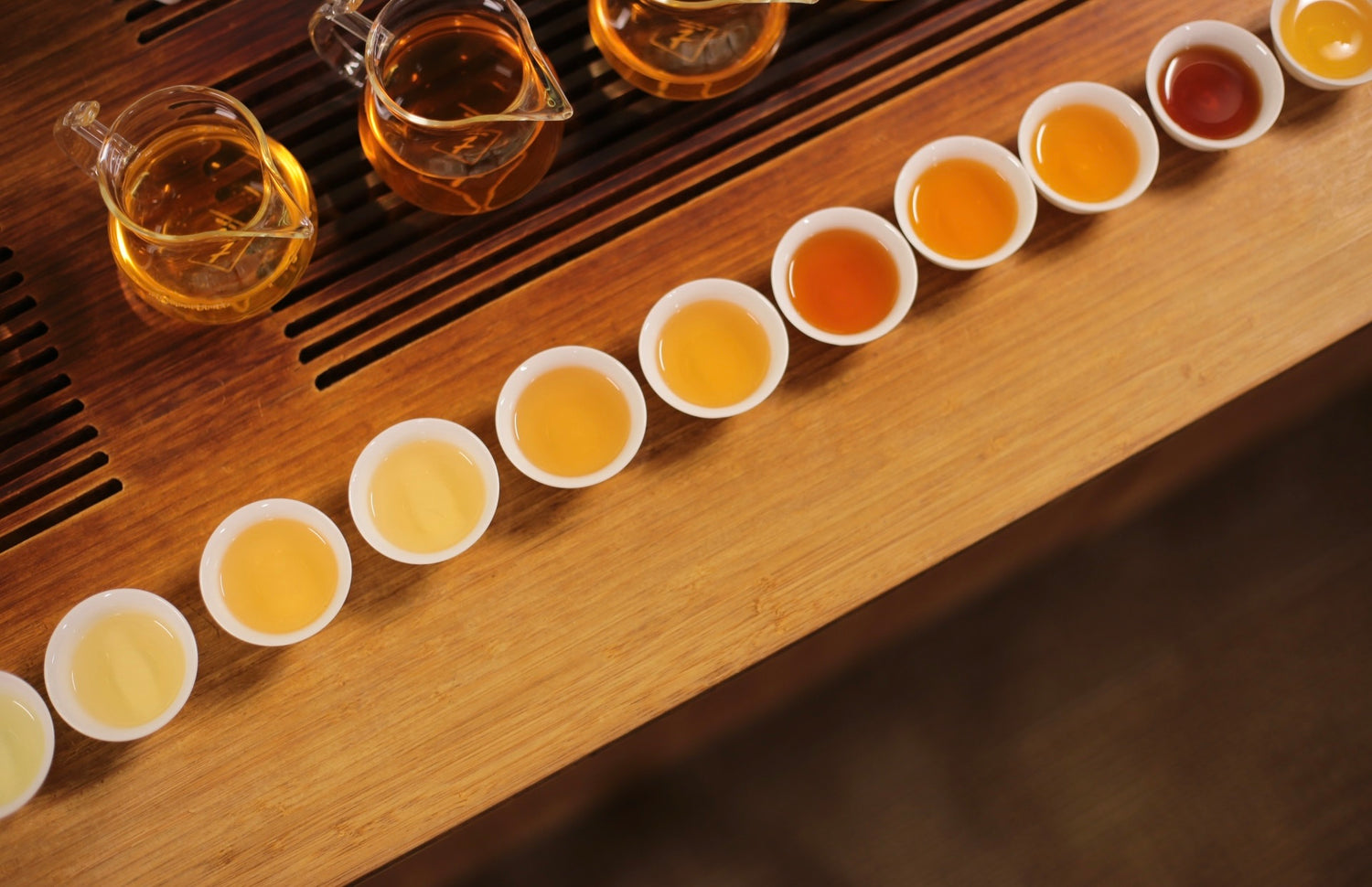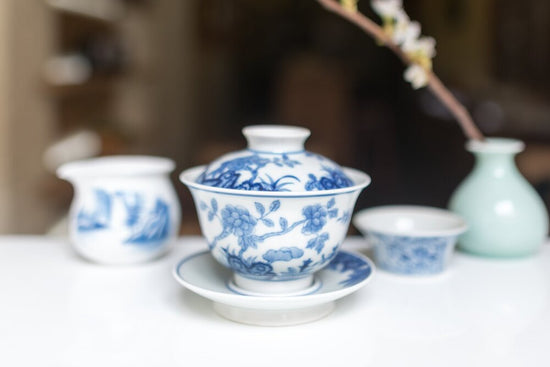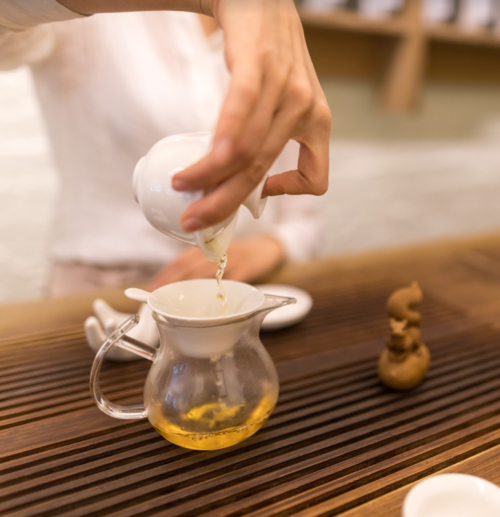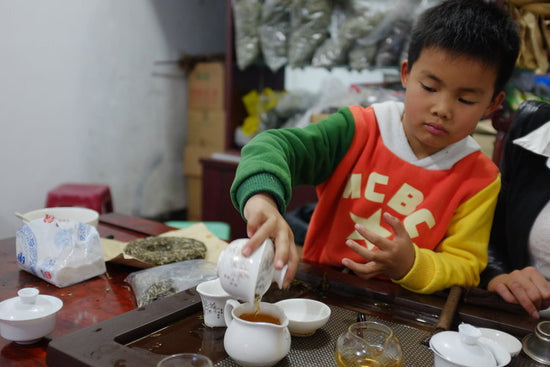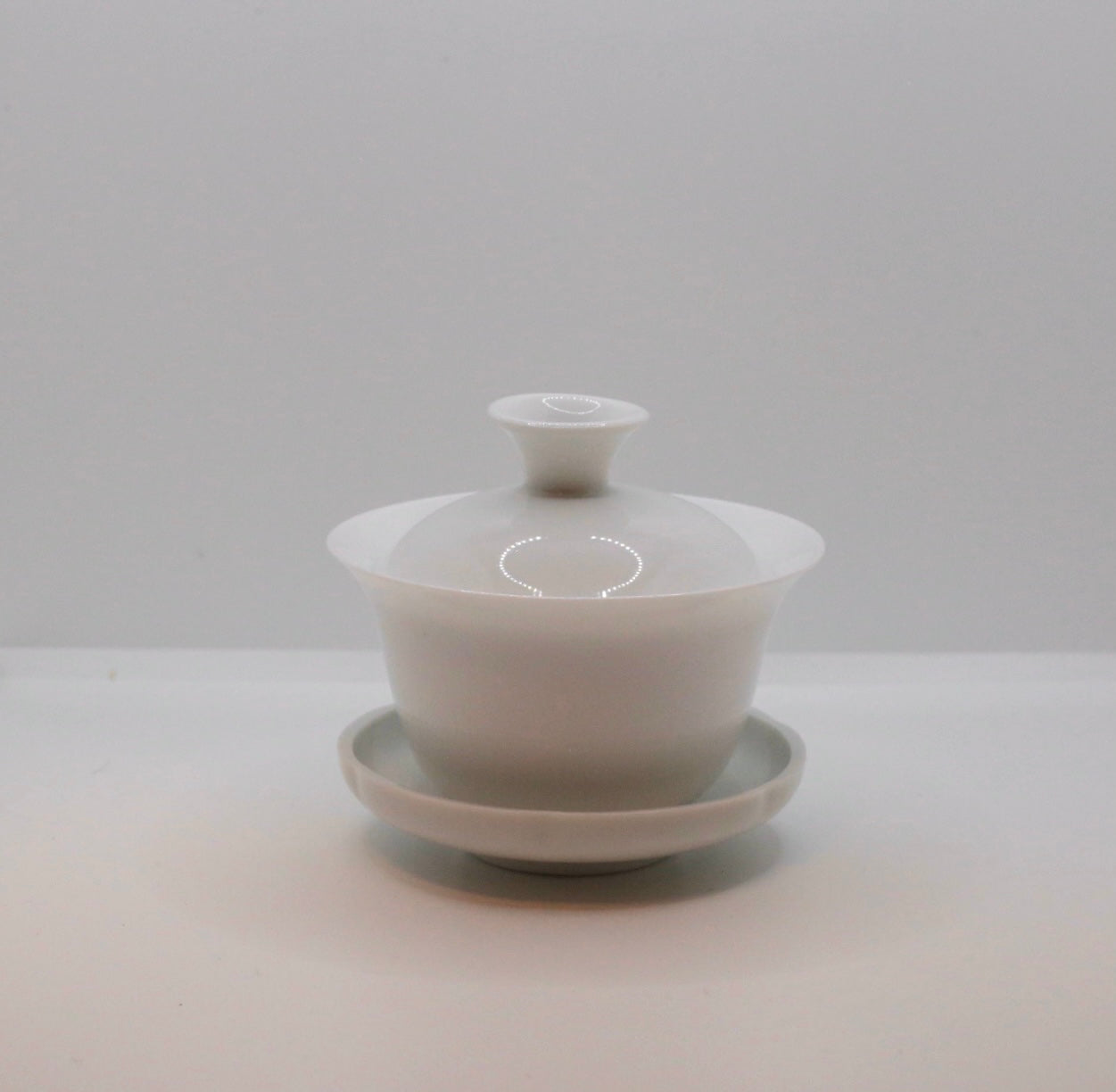Tea Drunk
Gai Wan
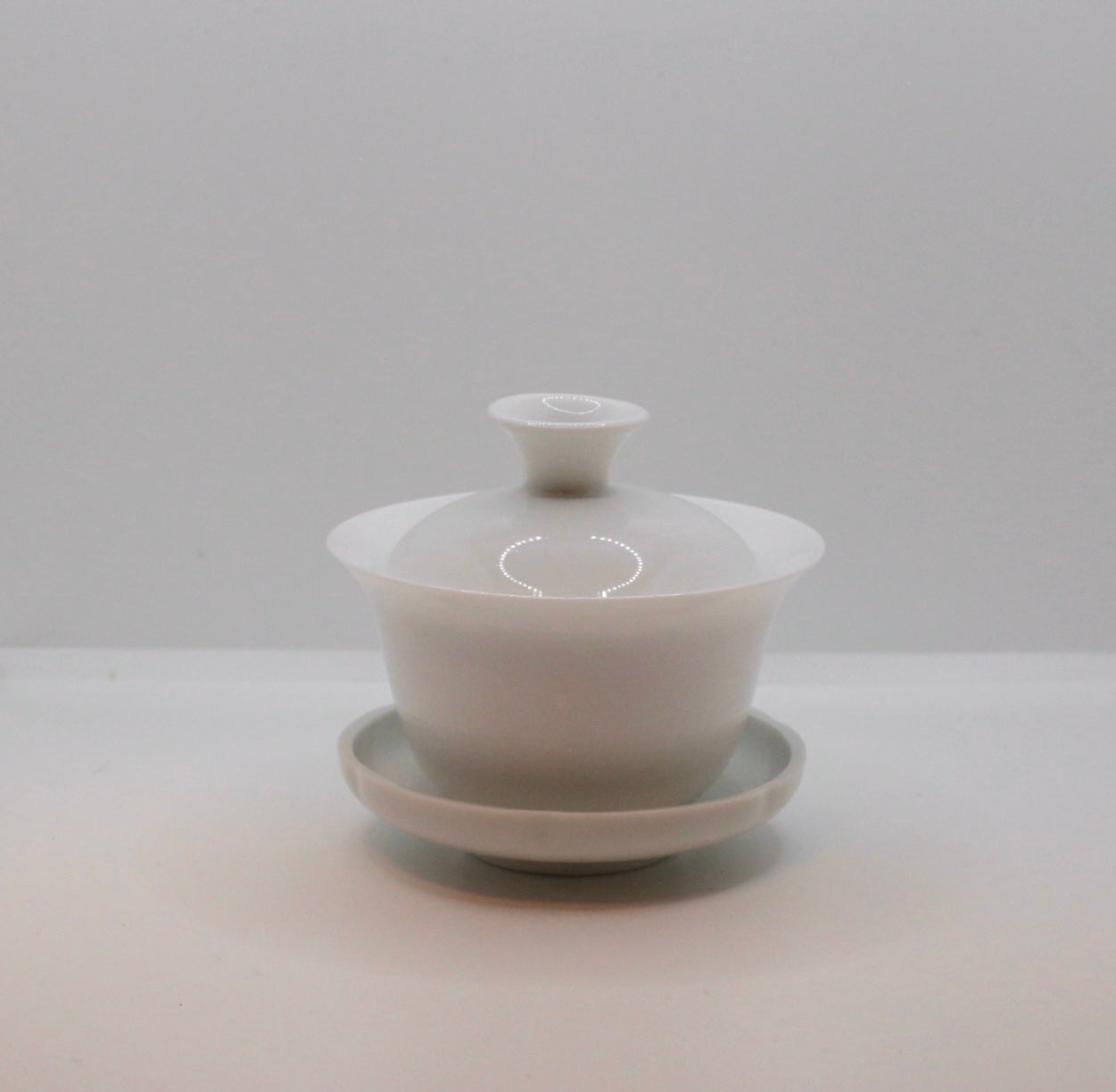
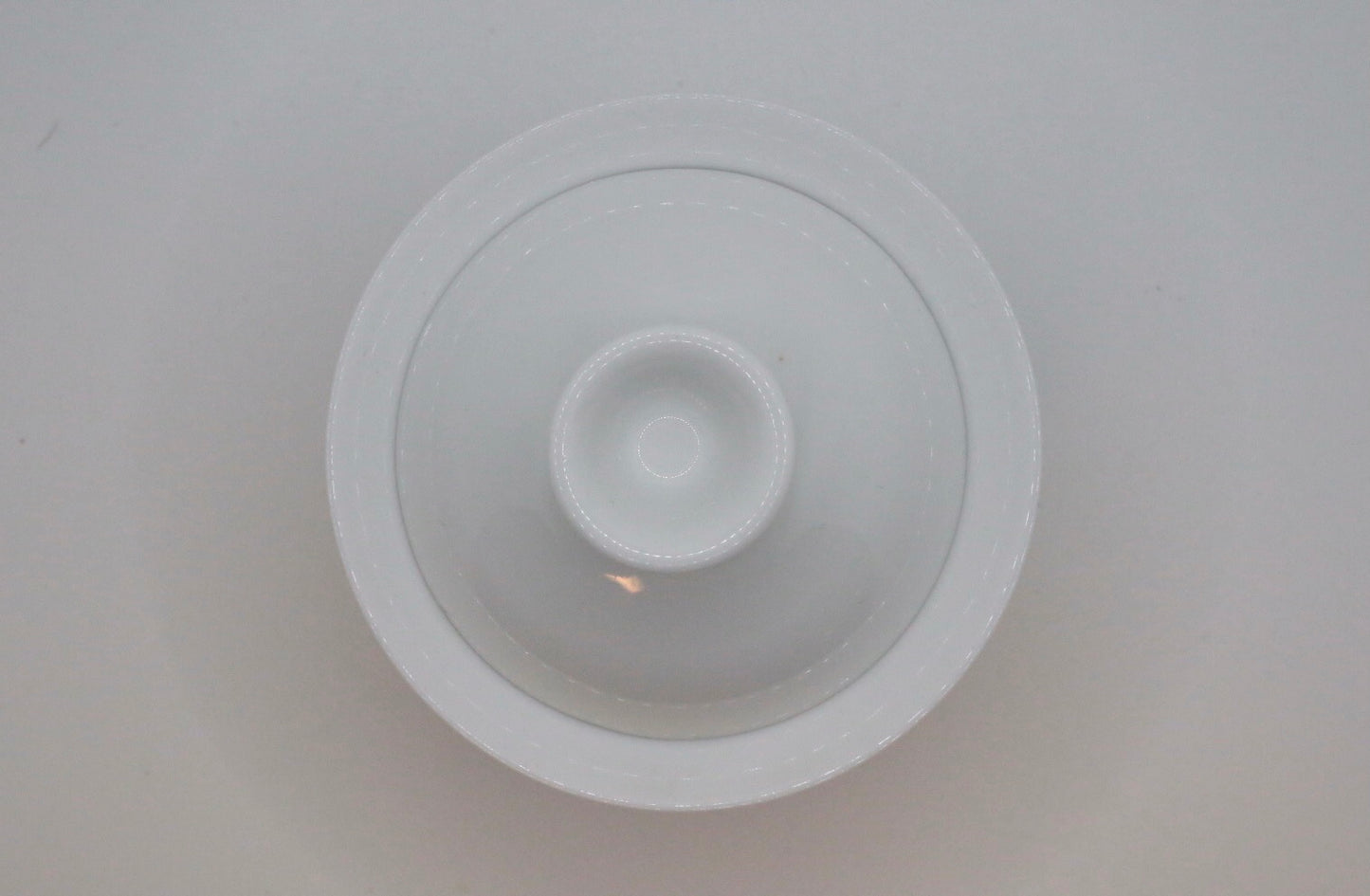
Step-By-Step Guide To Gong Fu Brewing
1. Fill Tea: Put the tea into the Gai Wan. You can examine the tea and smell it, familiarizing yourself with its shape, color, and size.
2. Fill Water: Pour the water around the side of the bowl in a circular motion, if possible, or at one point on edge. Try to avoid pouring water directly towards the center of the tea. A gooseneck kettle will help with control.
The kettle/water should be held as high as possible without splashing. Fill the water up to the point where it will meet the lid to minimize any air gap.
3. Place the lid: Cover the bowl with the top completely. This step takes just a second.
Then make a small opening to pour the liquid out. Use a light brushing motion, like pushing the water away, to open a space between the lid and the bowl for pouring.
Be mindful of the size of the tea leaves: bitsy tea needs a smaller opening. Usually, 2 mm to half an inch is sufficient.
If you leave too big an opening, steam might come out from behind and hurt your palm; the lid could also flip. If it's too small, the hot liquid might pour out the sides of the lid and burn your fingers.
4. Center: Be sure the widest point of the opening is centered between the thumb and middle finger holding the Gai Wan. You want the liquid to come out of the center of the opening, away from your fingers.
As you pour, keep the line between the thumb and middle finger parallel to the table.
Do not pour sideways, as you'll risk burning yourself.
Relax the wrist and fingers. The tighter the grasp, the more it can burn.
5. Strain: Place the tea strainer on the fairness pitcher to catch any tea that escapes through the small opening when pouring.
6. Pour: Move the Gai Wan close to the pitcher opening instead of far above it. This placement will help avoid splashing the liquid.
When tipping the Gai Wan to pour, bend at the wrist instead of sending the whole arm and shoulder up. The hand should be perpendicular to the forearm.
Pour the tea liquid along the strainer walls in a circular motion or at one point on the side. Try to avoid pouring water directly toward the center of the filter.
Ideally, the water will not make a sound. Make sure all the liquid is drained entirely out of the Gai Wan.
7. Re-place the equipment. Place the Gai Wan back on its saucer.
Remove the Gai Wan lid and smell it. This practice will help build sensitivity to the flavor development of the tea after each brew.
Place the lid with the bottom edge resting between the saucer and bowl and the top edge slanted away from the bowl.
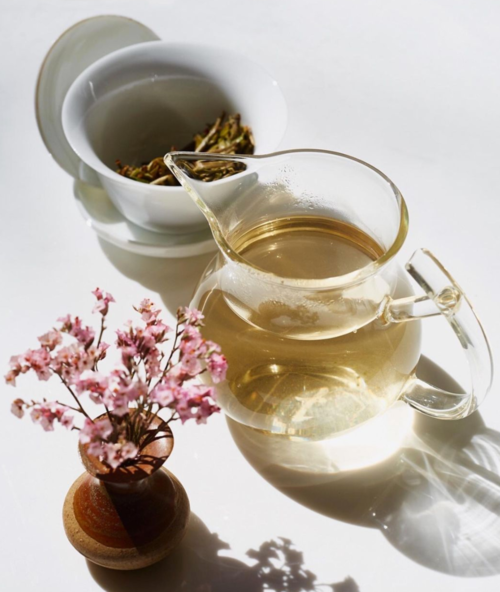
Rinse and Subsequent Brews
Typically we don't drink the first brew or "rinse" because it is mostly aroma and light flavor. The leaves are still "waking up," and the rinse primes them to produce flavorful and consistent brews.
You can rinse your guest's teacup with it, and then they can smell the cup to appreciate the aroma. You may give all liquid from this first brew to a tea pet.
If you use Tea Drunk's Gai Wan and fairness pitcher, you'll brew the tea in the Gai Wan three times to fill a fairness pitcher. You'll typically brew the same tea leaves in the Gai Wan nine times (i.e., three pitchers total).

